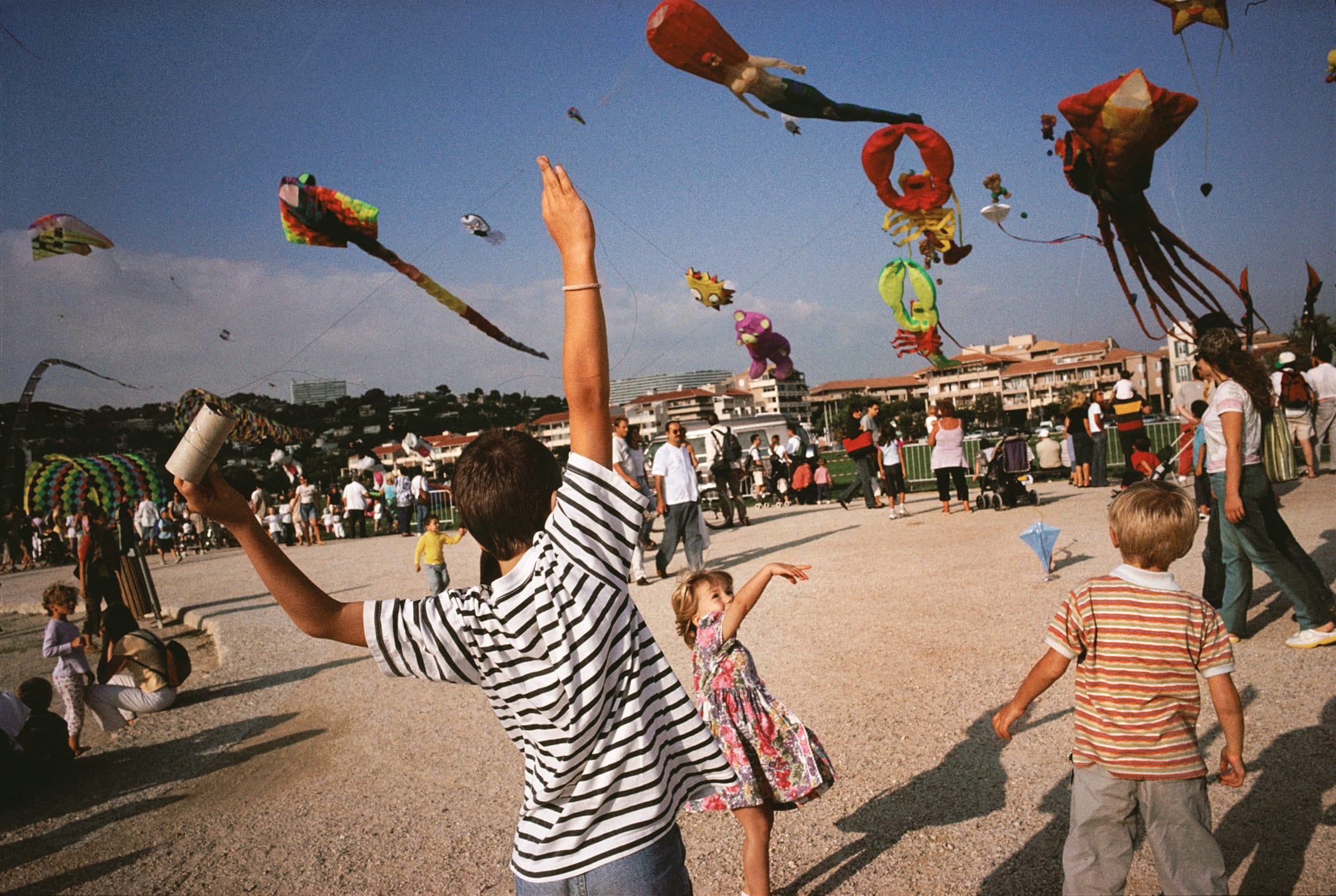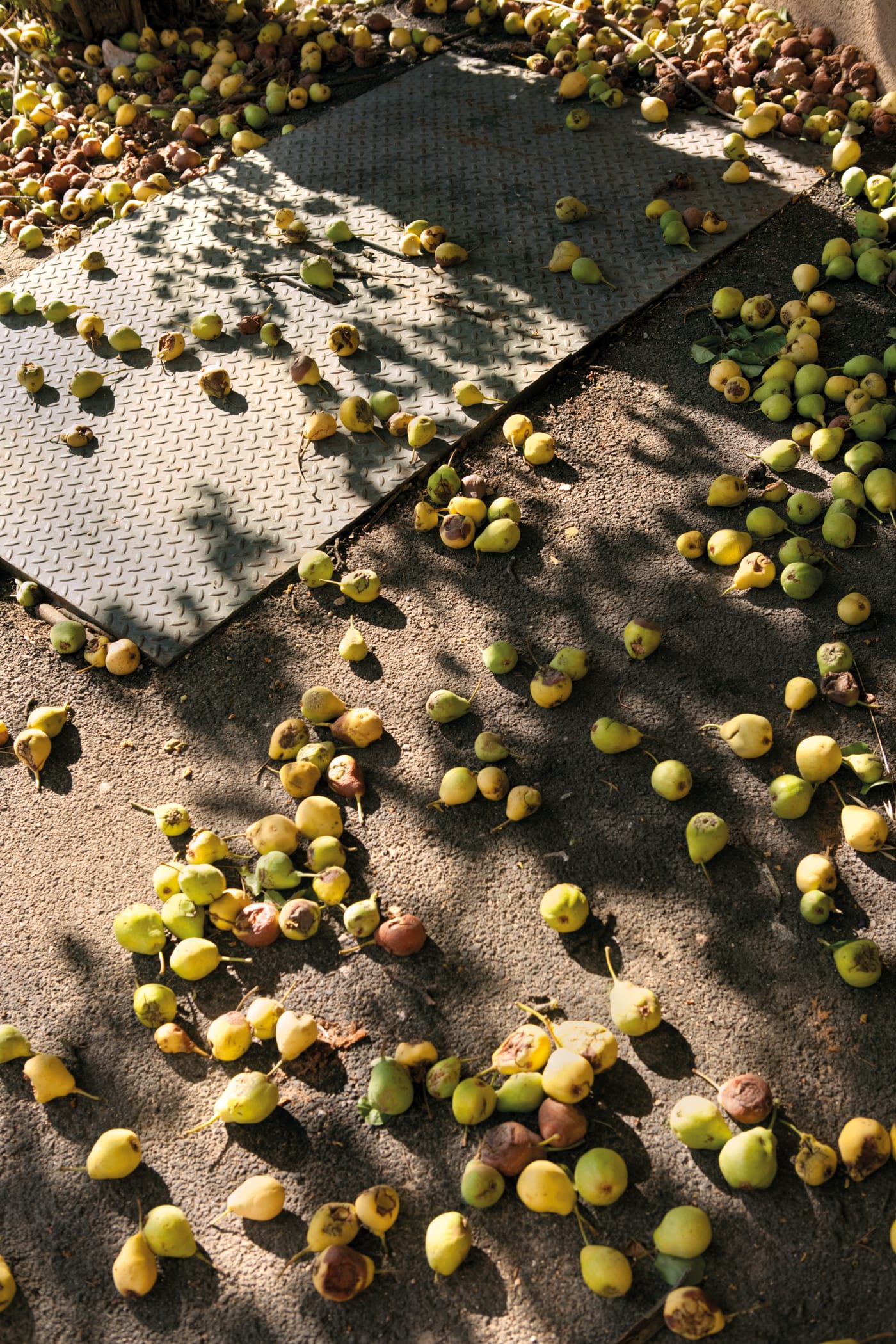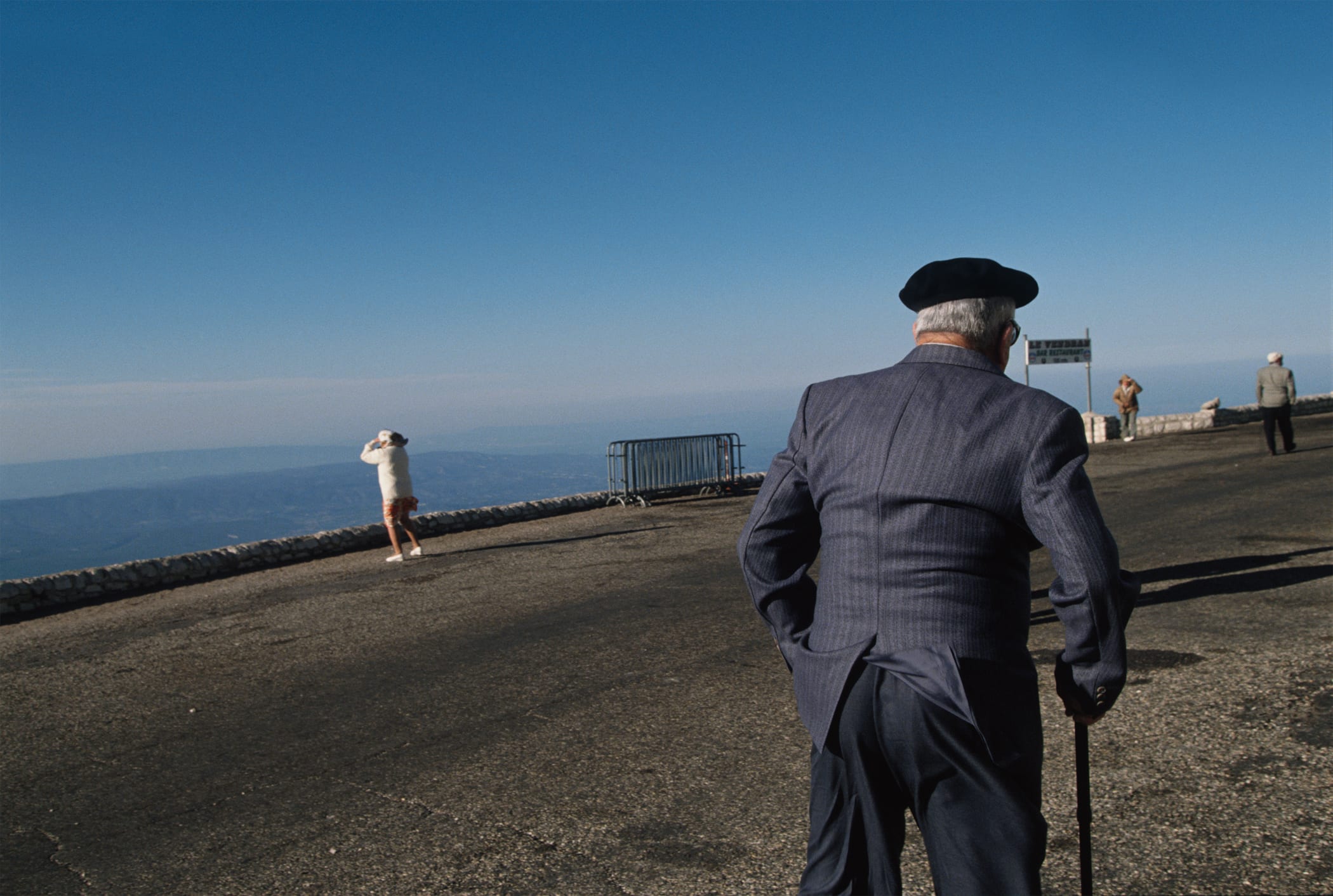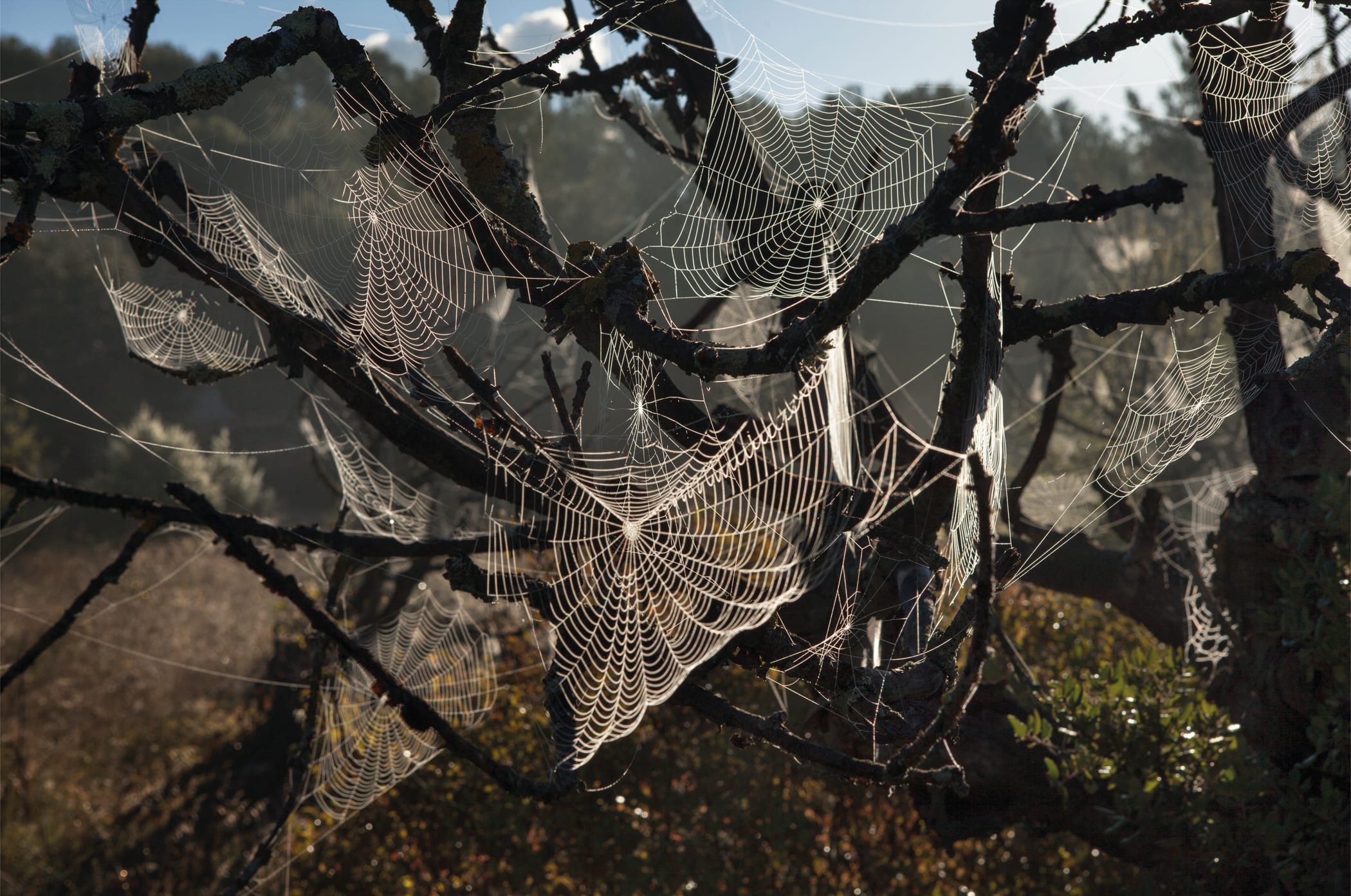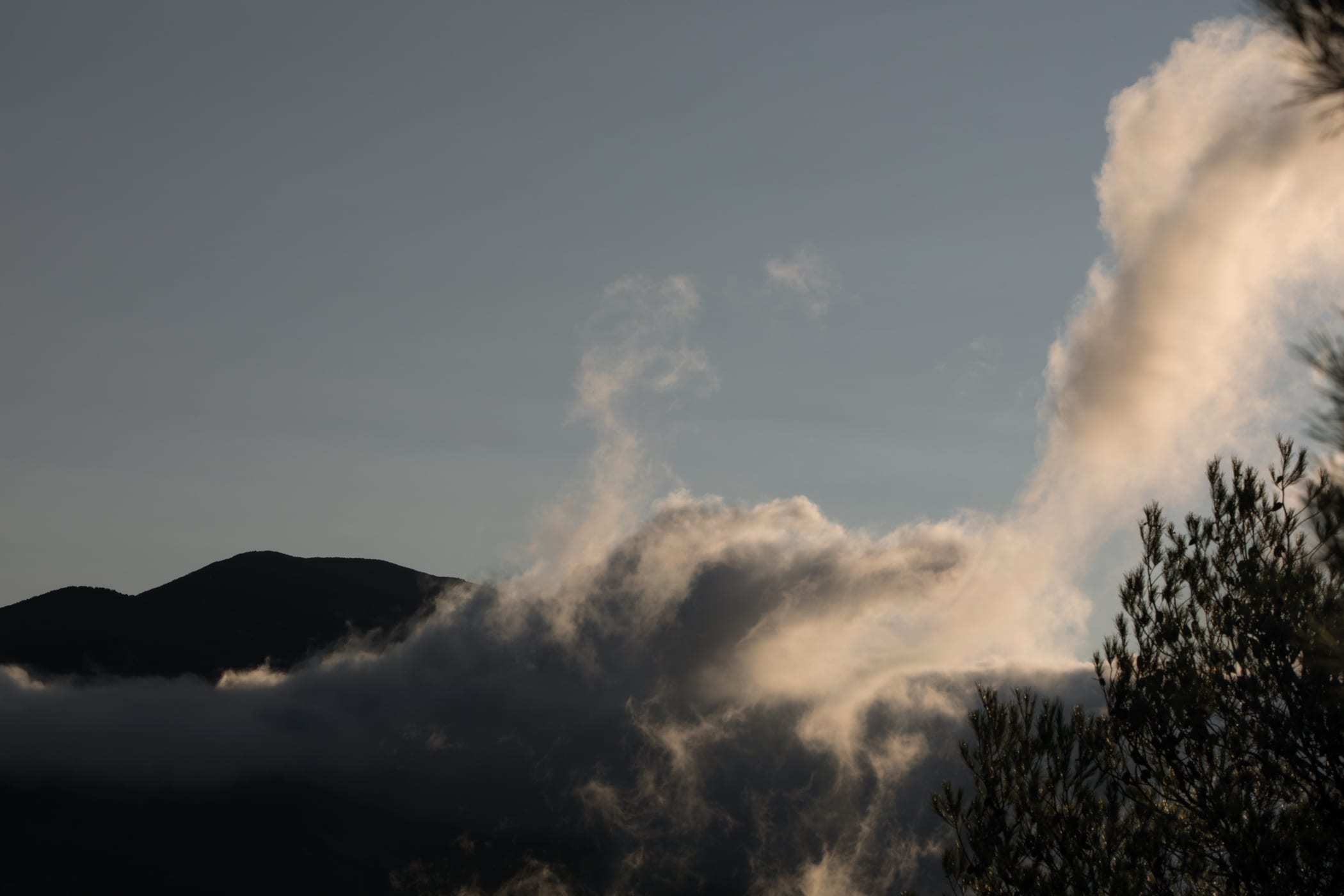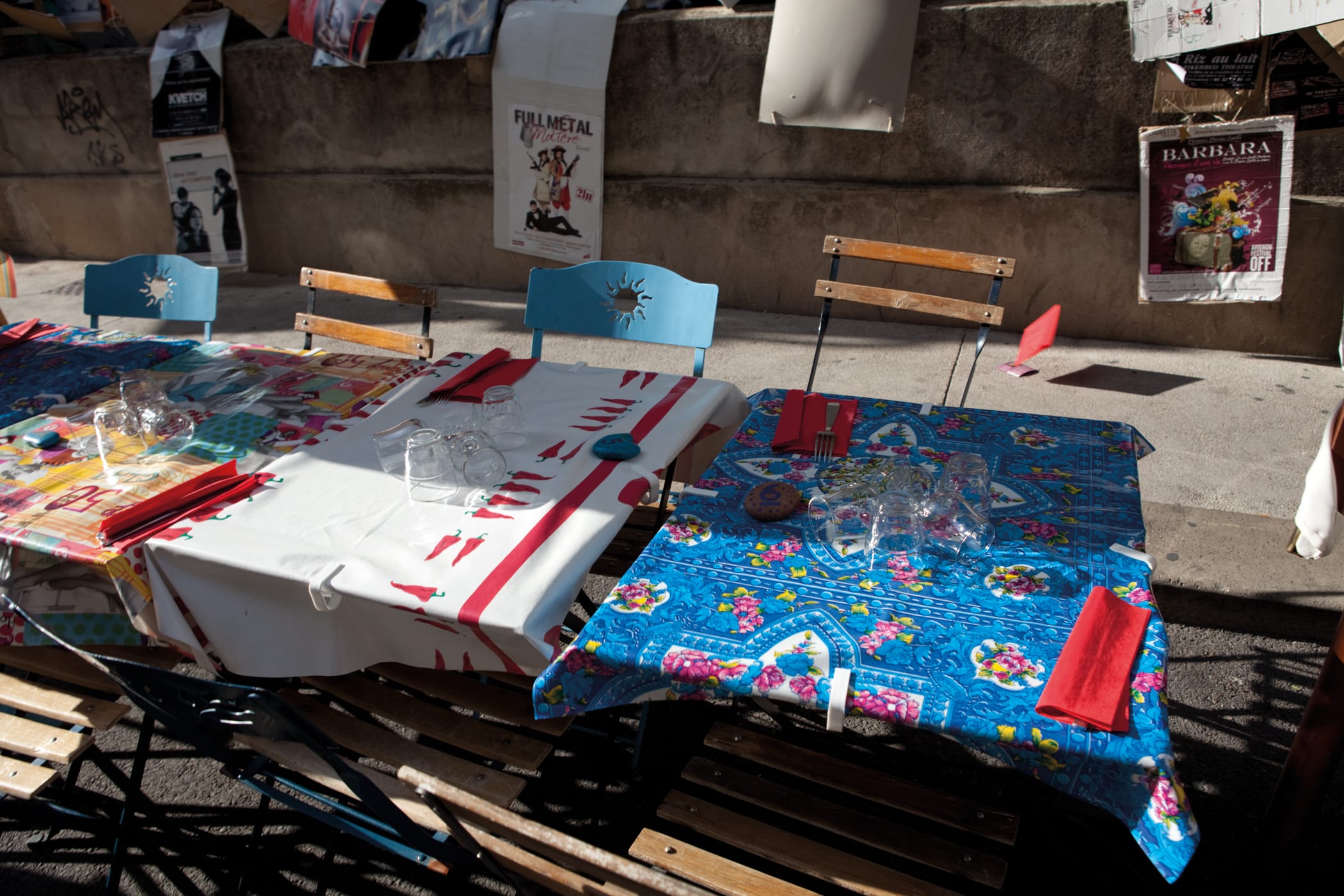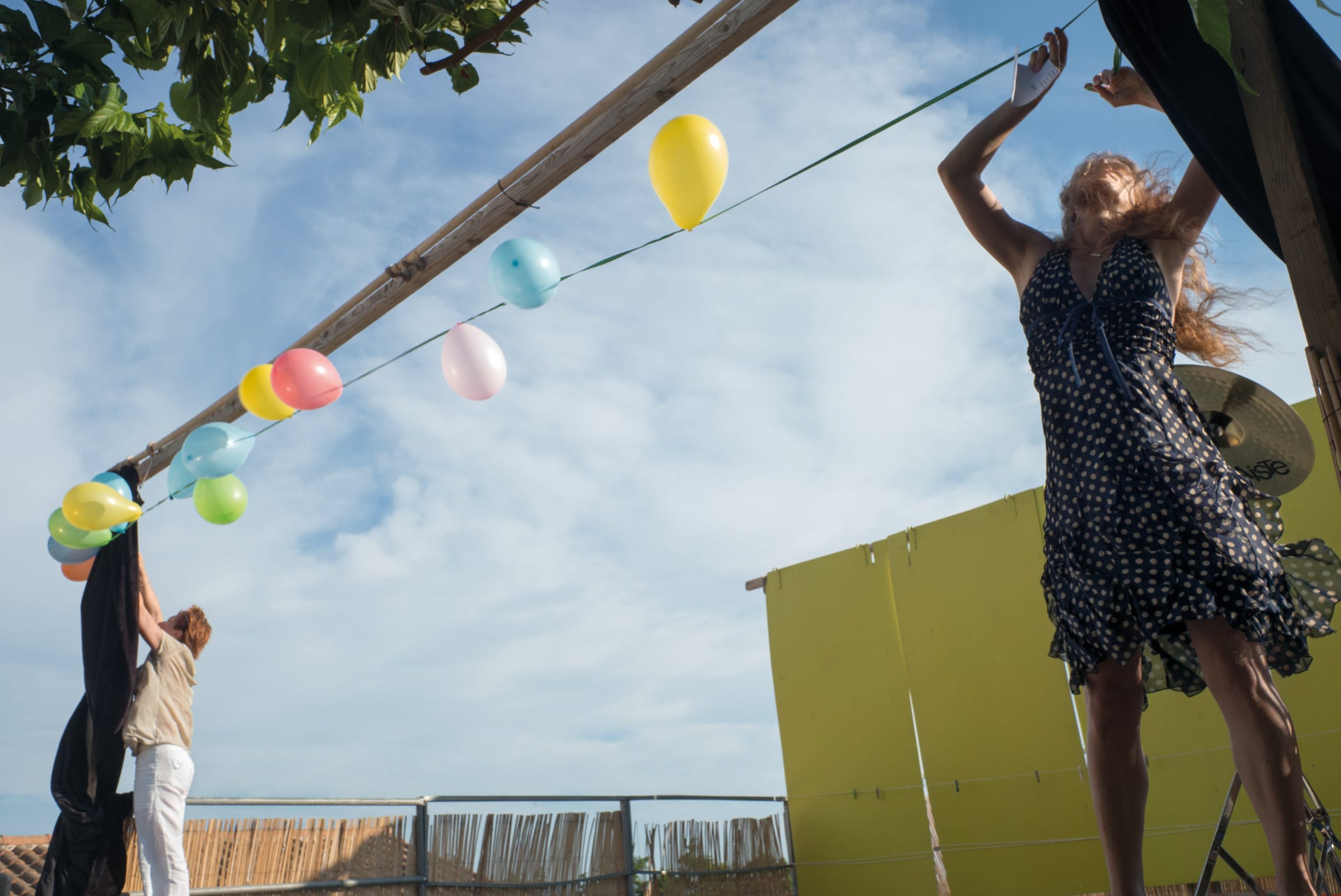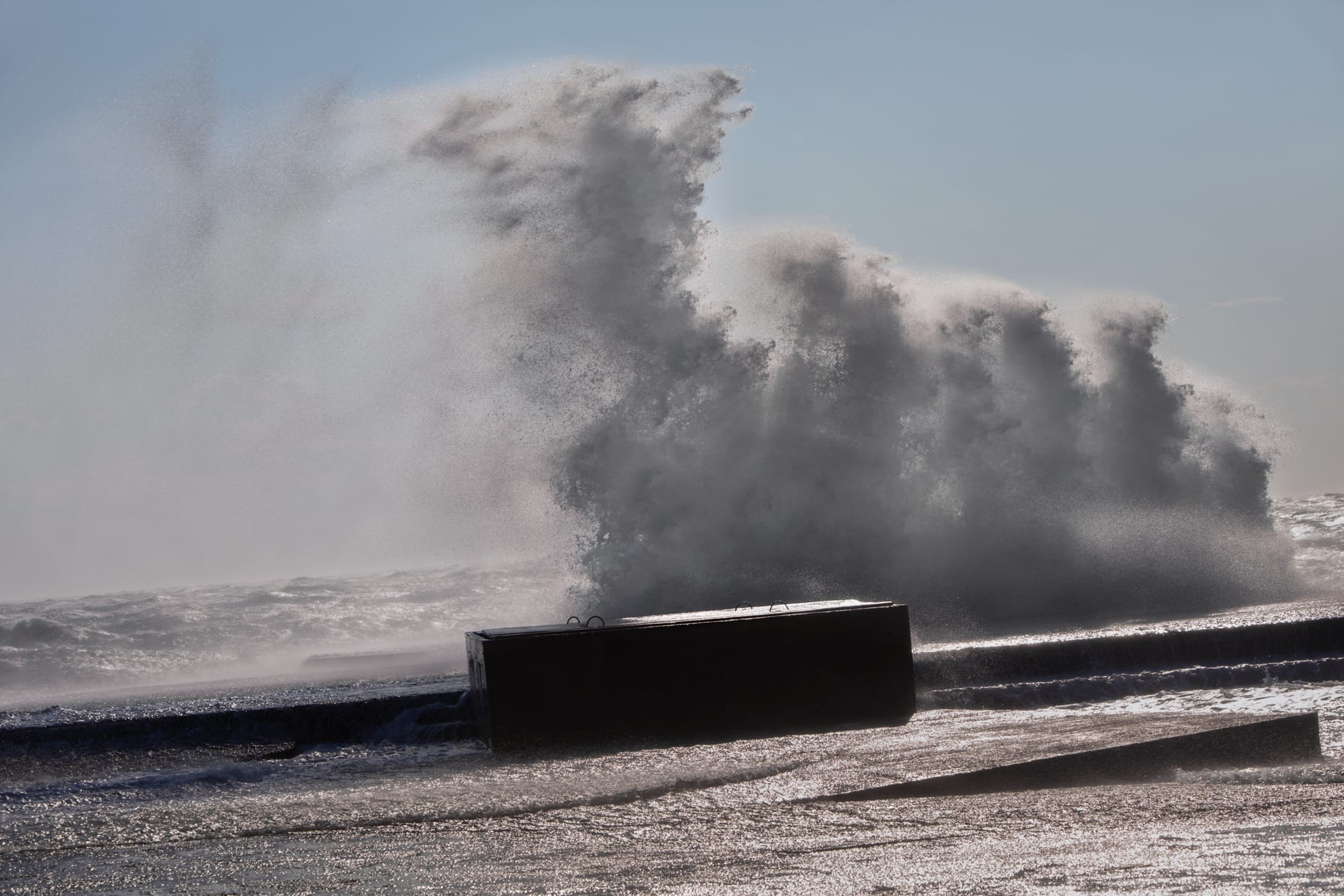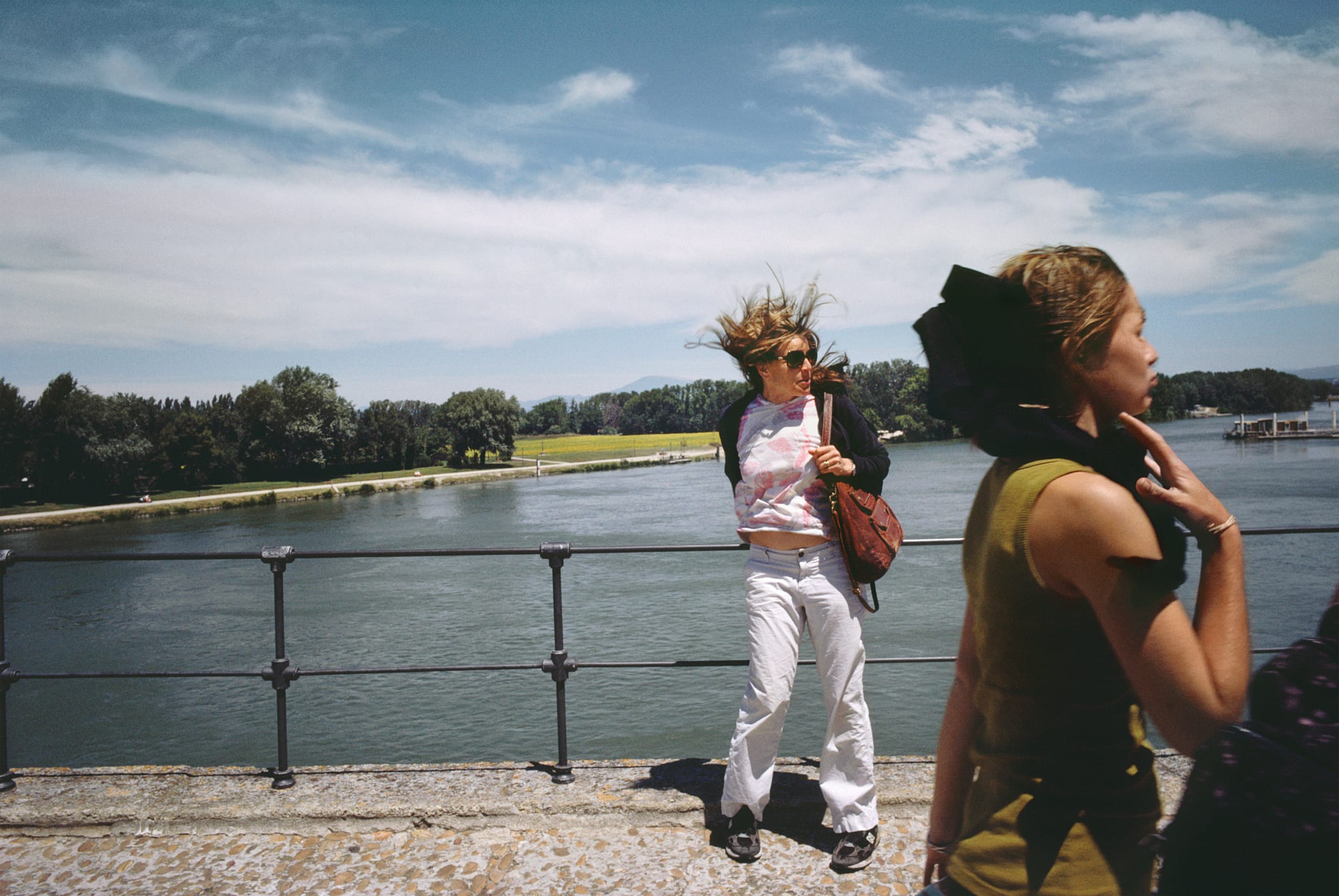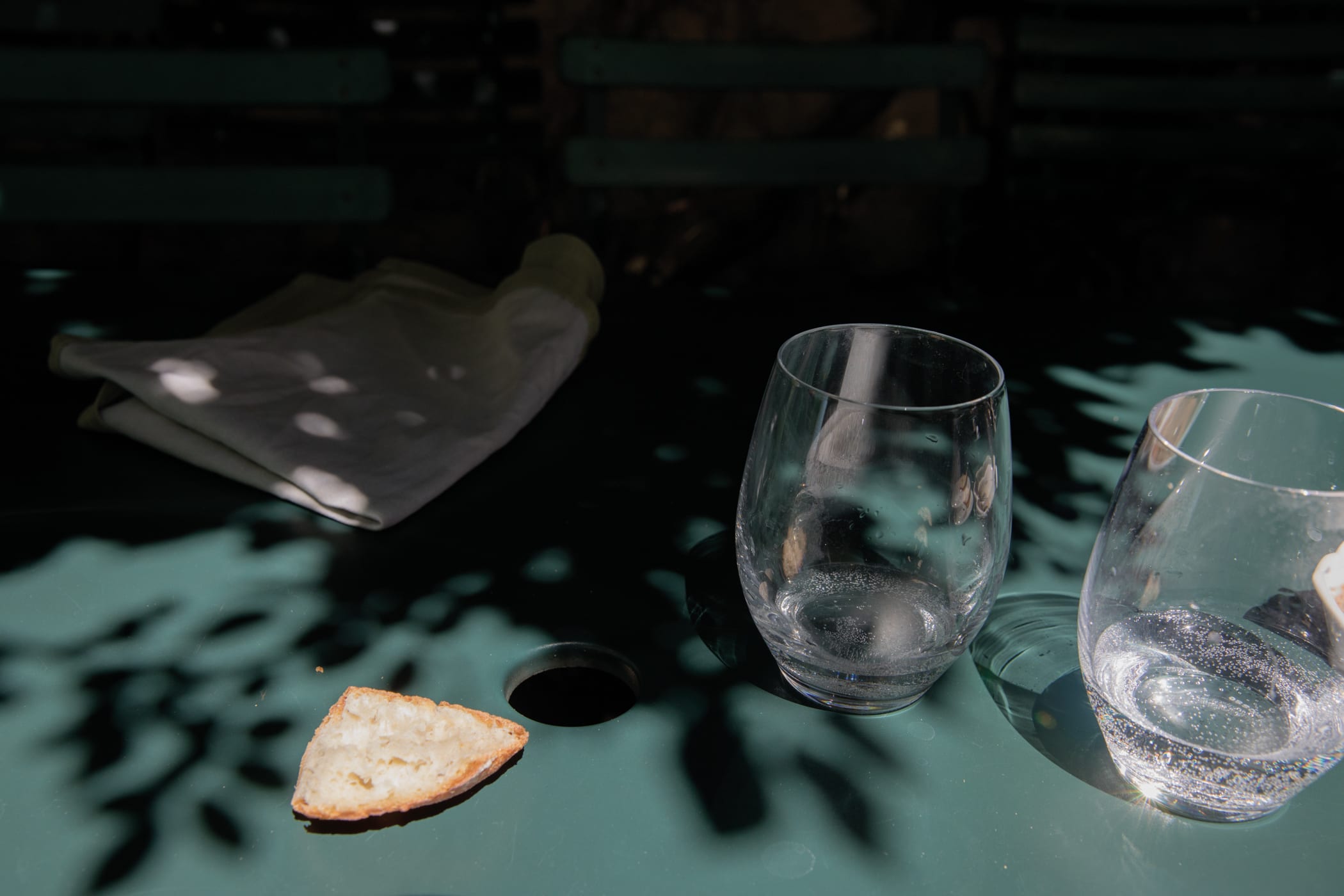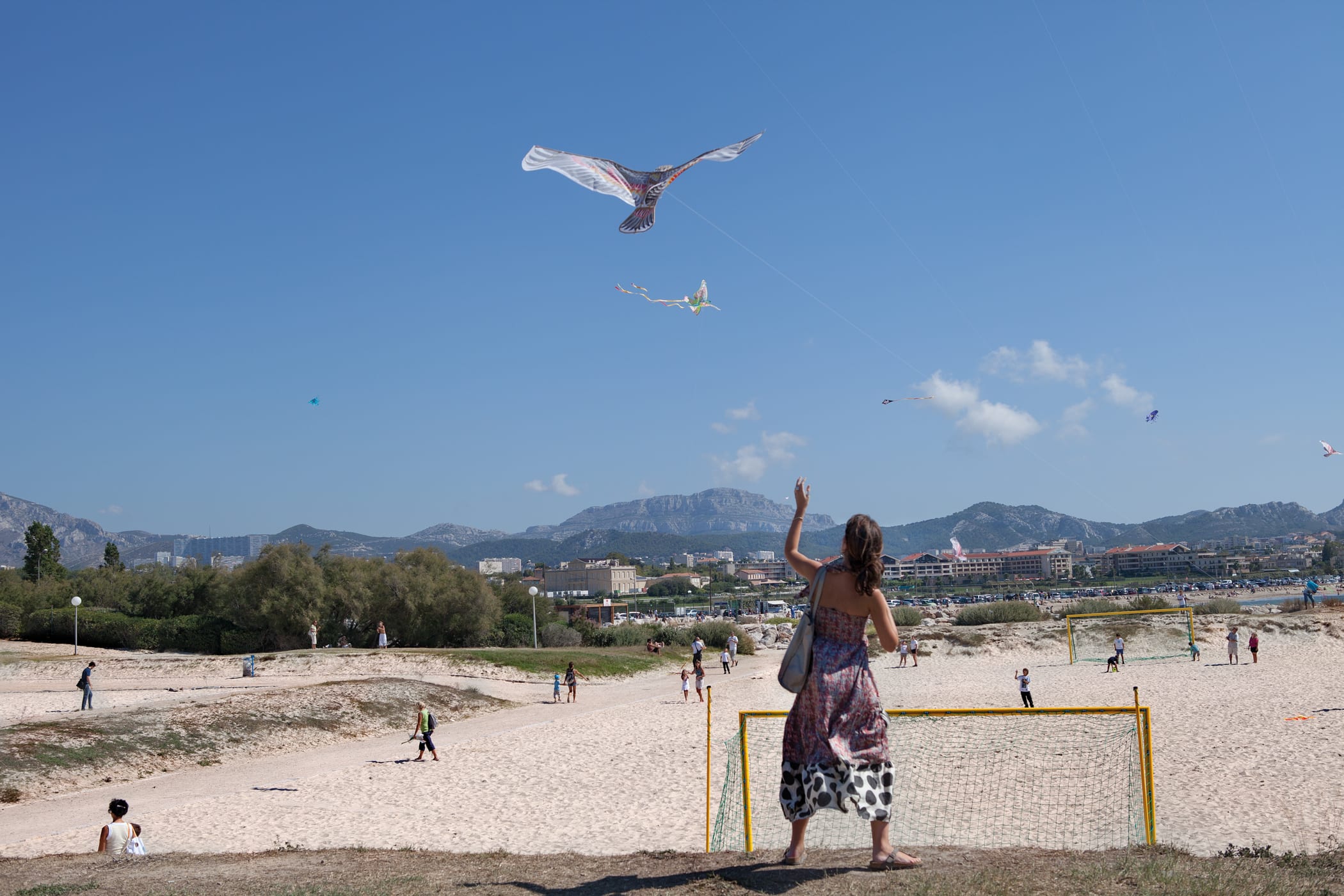To the people of Provence, the Mistral is a local menace. It regularly ruins weddings, steals hats and scarves with ease and, at its worst, this epic wind has the strength to sweep up metal chairs and smash them into neighbouring windows. Even so, says Rachel Cobb, “I think maybe they actually like it”. “What I feel is that it’s a source of pride among the Provincials, a way of defining the region,” she adds. “They can withstand it, and they’ve learned to live with it.”
Cobb’s new book, Mistral: The Legendary Wind of Provence, is a record of the 20 years she spent hunting the wind. She has holidayed in the south of France for 40 summers now and, though she has been victim to the perils of the strong gales, she’s also found it inspirational – as have many other artists and writers. “I’m energised by it,” she says. “At night, when you hear it stir, you can feel the energy in the air.”
Cobb took her first photograph of the Mistral in 1998, when she shot one of the burning red skies that’s believed to be a sign of its impending arrival. Since then, Cobb has been obsessed by it. When she isn’t in Provence, she follows French weather reports from her apartment in New York; she also keeps in touch with friends working on ski resorts over the winter, in case conditions get really bad.
Even with this devotion though, it was hard to catch the Mistral on film. Often Cobb would be waiting, camera at the ready, for the wind to launch a scarf soaring through the sky, or she would spend hours shooting on top of a mountain, only to find the conditions just weren’t right. “Where this invisible force touches something, is where I am able to make my pictures,” she explains. “Some stories take longer than others, but this story took an exceptionally long time.”
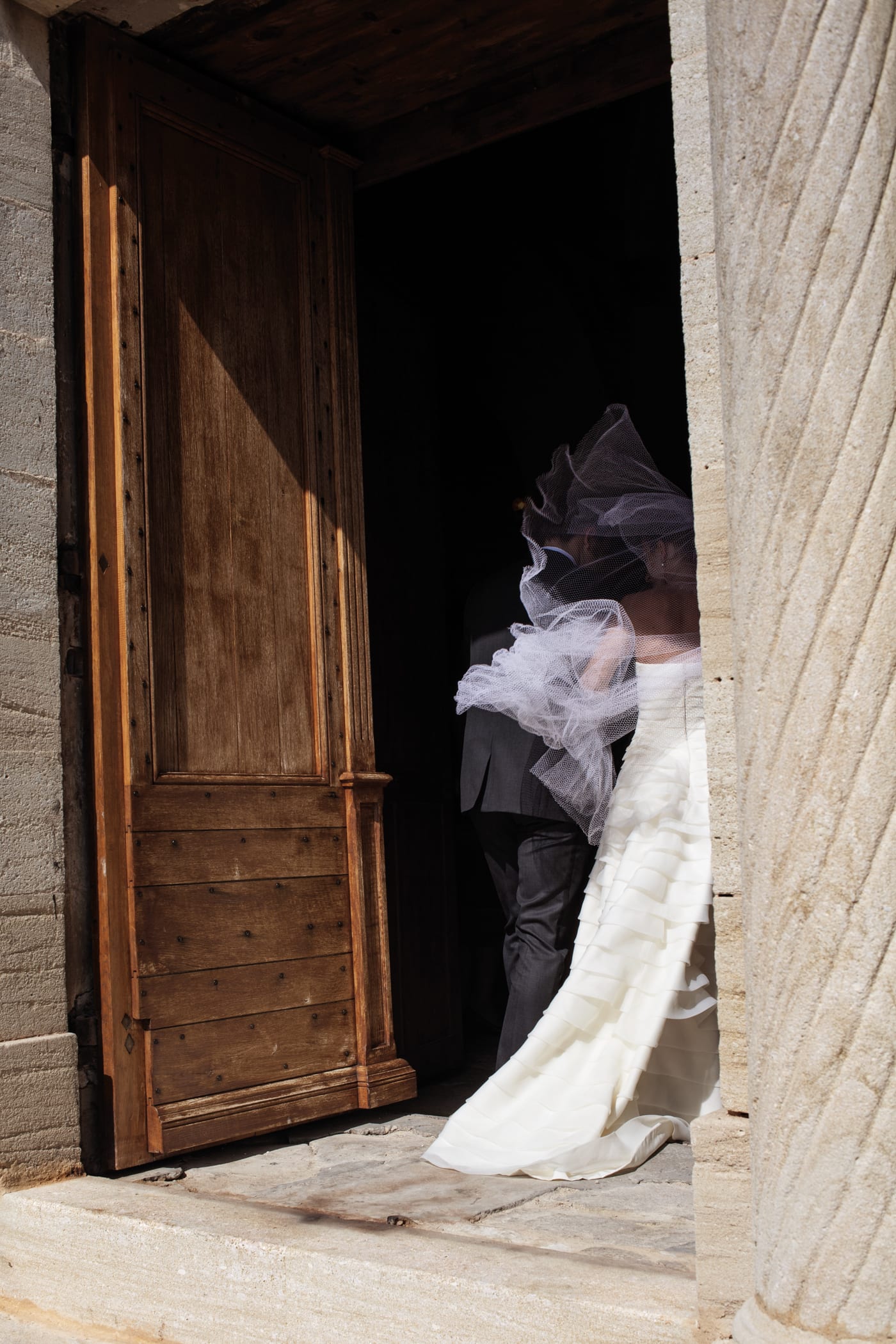
Cobb recalls being invited to a truffle festival in Carpentras, for example. To her delight, the Mistral was due to blow fiercely – but that morning her son got sick and she had to stay at home, listening to the wind rattling against her house. Her friends returned complaining about the weather. “You’re lucky you didn’t come,” they said, “the truffles went everywhere!” “I was beside myself,” laughs Cobb. “The Mistral had won again.”
In 2012, Cobb decided to commit herself to pinning it down, enrolling her son into a local school and moving to Provence. Staying there with her family for 16 months, she produced the bulk of the book she’s now published. Living in Provence also gave her a deeper insight into the Mistral and its effects, she says – she found traces of it such as chippings on stone walls, for example, and in the careful measures shopkeepers and farmers take against it.
Her finished book includes quotes by writers who have also been influenced by the wind – some of her favourite words on the Mistral were written by Jean Giono, for example, who wrote that it “growled over the carcasses of the houses, like a lion disturbed at its meal”. The excerpts reinstate how important and present this invisible force is to Provence as a place. “I hope that it helps people imagine the Mistral in the way that I intended to photograph it,” says Cobb.
www.mistralthebook.com Mistral: The Legendary Wind of Provence is published by Damiani, priced at $50, available to buy from www.artbook.com
